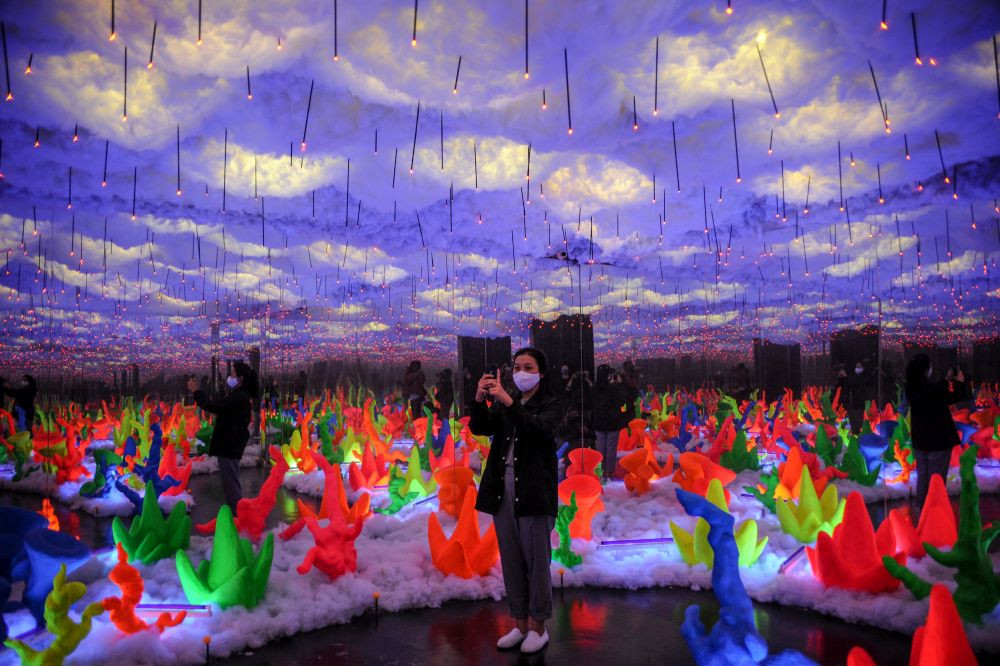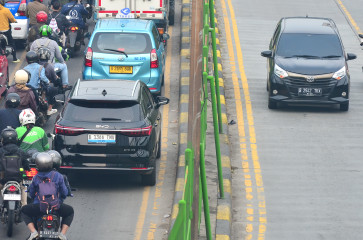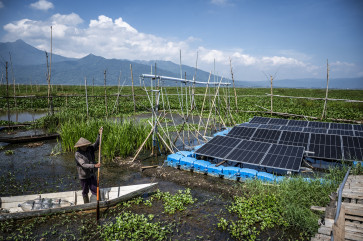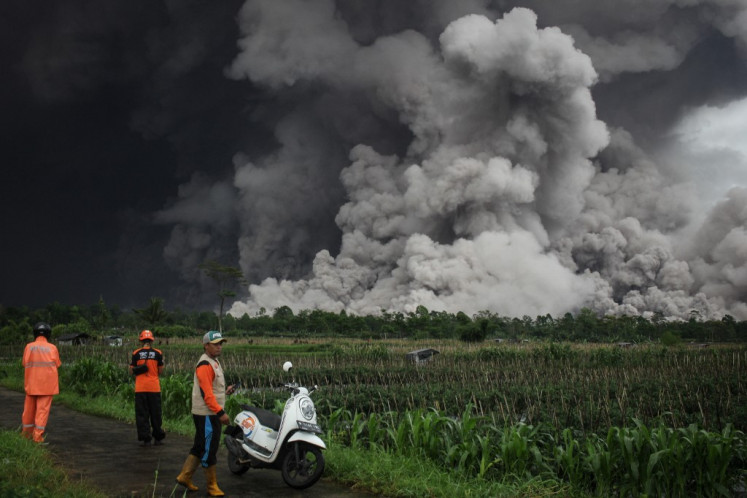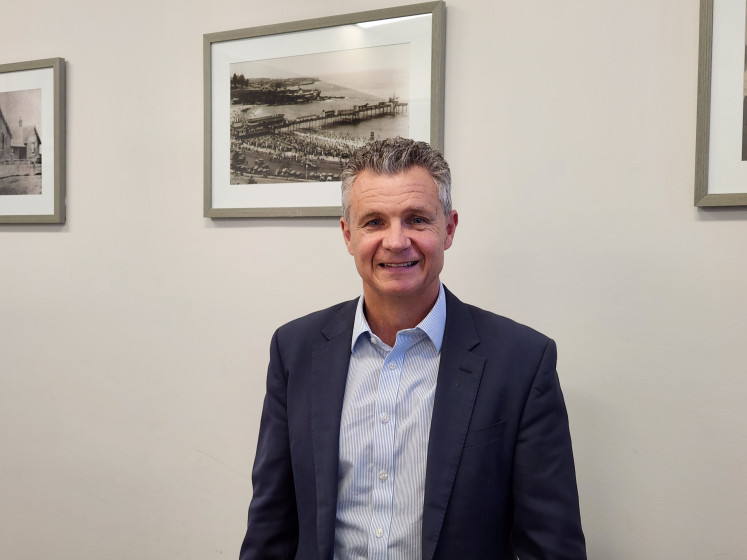Popular Reads
Top Results
Can't find what you're looking for?
View all search resultsPopular Reads
Top Results
Can't find what you're looking for?
View all search resultsRidwan Kamil urges travelers not to visit Greater Bandung
West Java governor Ridwan Kamil has urged travelers not to travel far or visit the province's red zones, including Greater Bandung.
Change text size
Gift Premium Articles
to Anyone
I
ndramayu, Purwakarta, Karawang, West Bandung, Bandung city and Banjar, all in West Java, have been categorized as COVID-19 high-risk red zones since Nov. 23.
Meanwhile, 19 areas in the province have been classified as at medium risk of COVID-19 infection, or orange zones.
With that in mind, West Java Governor Ridwan Kamil has urged people not to visit the red zones, including Greater Bandung.
“I announced it yesterday, for the first time Bandung city has become a red zone, therefore, I request travelers to step back and not visit [the city],” he said on Wednesday.
Ridwan said that there was a surge of COVID-19 cases following October’s long weekend holiday. Therefore, he encouraged people not to travel far and avoid large crowds.
He also mentioned that the COVID-19 hospitals in Bogor, Depok, Bekasi and Greater Bandung, which comprise Cimahi, Bandung regency, West Bandung and Sumedang, were mostly occupied and had exceeded the World Health Organization’s suggested 60 percent capacity.
“The hospital occupancy rate is around 80 percent, on average. It represents the average occupancy rate of West Java, particularly Bogor, Depok, Bekasi and Greater Bandung,” he said, adding that the hospital occupancy rate beyond those regions was still below 60 percent.
Read also: Bogor’s COVID-19 hospitals at near capacity
Bandung City secretary Ema Surmana said last month that the occupancy had skyrocketed compared with two months ago when it was still at 32.5 percent. Bandung has a total of 704 beds for COVID-19 patients spread across 27 hospitals in the province’s capital.
Last week, Ridwan suggested the central government reduce the number of collective leave days set for the Christmas and New Year break and instead shorten the year-end holiday to curb the spread of COVID-19.
Ridwan pointed out that following the October long weekend, the West Java COVID-19 task force conducted rapid tests on 1,500 visitors at various tourist destinations in the province and found that 400 people were reactive to the novel coronavirus.
Follow-up swab testing showed that 10 were positive for COVID-19. “We didn’t see as many cases from the October long weekend as from the one in August. But yes, we saw a spike in confirmed cases, but the public's compliance with wearing masks, washing their hands and physical distancing was also better,” he added.
He said canceling the year-end long holiday would hit the economy, but conceded that he feared the prolonged break, scheduled to run from Dec. 24 to Jan. 1, 2021, could lead to a spike in new COVID-19 cases — such as happened after the long weekends in August and October.
“It would be really hard for us to handle," he said. (jes)
Editor’s note: This article is part of a public campaign by the COVID-19 task force to raise people’s awareness about the pandemic.

